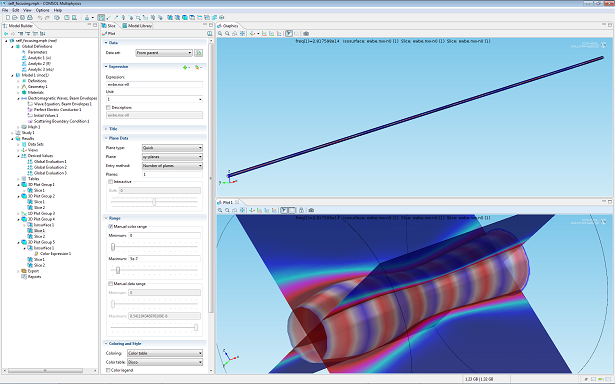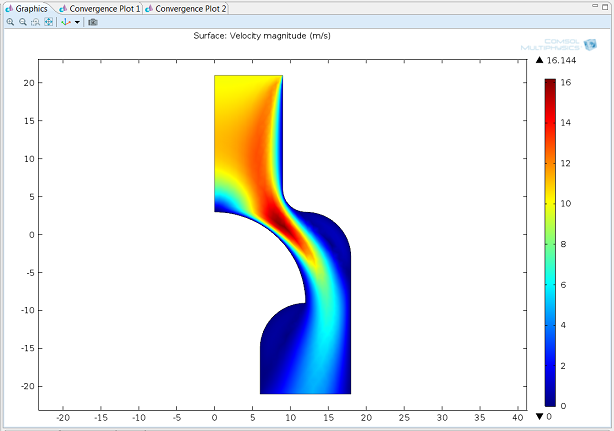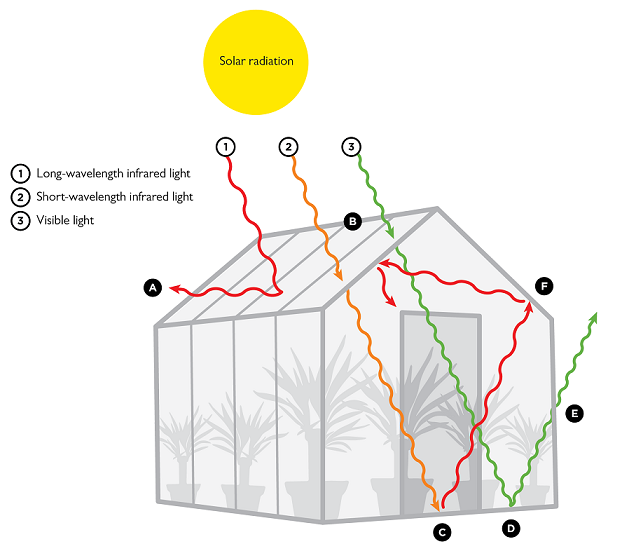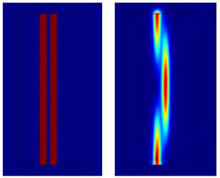Latest Posts

Taking Care of Fast Oscillations with the Wave Optics Module
The new COMSOL Multiphysics Wave Optics Module provides engineers with a great set of features for designing their simulations. One of the new capabilities included in this module is the groundbreaking beam envelope method for electromagnetic full-wave propagation. We hope this feature will become instrumental to the optics community.

Creating 2D Models from 3D Geometries in COMSOL Multiphysics
Our newest release, COMSOL Multiphysics version 4.3b, contains so many new modules and features, certain additions might get lost in the fray. One addition to the COMSOL Multiphysics base package we don’t want you to miss is the ability to create 2D models from cross sections of 3D geometries. This easy-to-use feature allows engineers to simplify the model, gain understanding of and fine-tune parameters, and dramatically reduce simulation time.

This Just In: COMSOL Multiphysics 4.3b
We’ve been dropping hints for the past few weeks here on the blog, and the time has finally come when we can officially unveil the release of COMSOL Multiphysics 4.3b. Five new products extend our product suite, and there are plenty of new features to enhance your simulation experience. The latest version of COMSOL Multiphysics is here, and you do not want to miss out on the news.

The Graphene Revolution: Part 4
Graphene can be created by way of thermal decomposition at high vacuum. In order to design and optimize these high-vacuum systems engineers might look to simulation, but there are currently not many modeling tools that are up to the task. Let’s have a look at how vacuum systems are relevant to graphene production, why you should simulate them, and how.

The Greenhouse Effect
Given the title of this blog post you might expect it to be about global warming, and I won’t blame you for it; greenhouse effect has become another popular term used when debating climate change. However, its original and literal meaning refers to a very different process, in particular when it comes to heat retention. Here we will describe the effect of heating up an actual greenhouse and suggest steps for optimizing its design.

Wave Optics, to Approximate or Not?
Engineers working with lasers, optical fibers and waveguides, nonlinear optical processes, metamaterials, and other large photonic devices ultimately deal with wave optics. Photonic devices are considered “large” when they are larger than a wavelength of light. In that case, you deal with optics frequencies as opposed to radio frequencies, and the device is not complex enough to justify approximating with rays.

IEEE Spectrum Puts the Spotlight on Multiphysics
The Institute of Electrical and Electronics Engineers (IEEE) is doing some really cool things for its members. Chances are that you have attended their top rated conferences, downloaded papers from IEEE Xplore, or participated in one of many local chapter events. For electrical engineers like me, IEEE certainly is a rock to lean on for continued education and to connect with colleagues from around the world. Even if you are not a member you can tap into IEEE resources such […]

On Solvers: Benefits and Limits of Solution Methods
This week we have the honor of having Professor Wolfgang Joppich as a guest blogger. As you may know, COMSOL Multiphysics provides great default solvers for all applications. For the interested user, it is good to know that you can optionally tune or completely change the solver settings. We strongly recommend that you read this blog posting to get an experts’ perspective on the solver technologies offered by COMSOL. I am an avid reader of the COMSOL Blog and an […]
